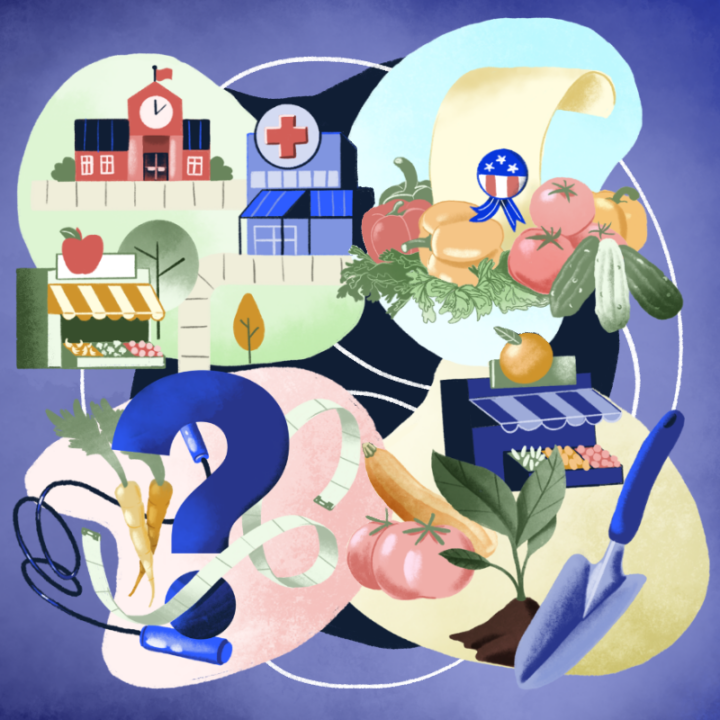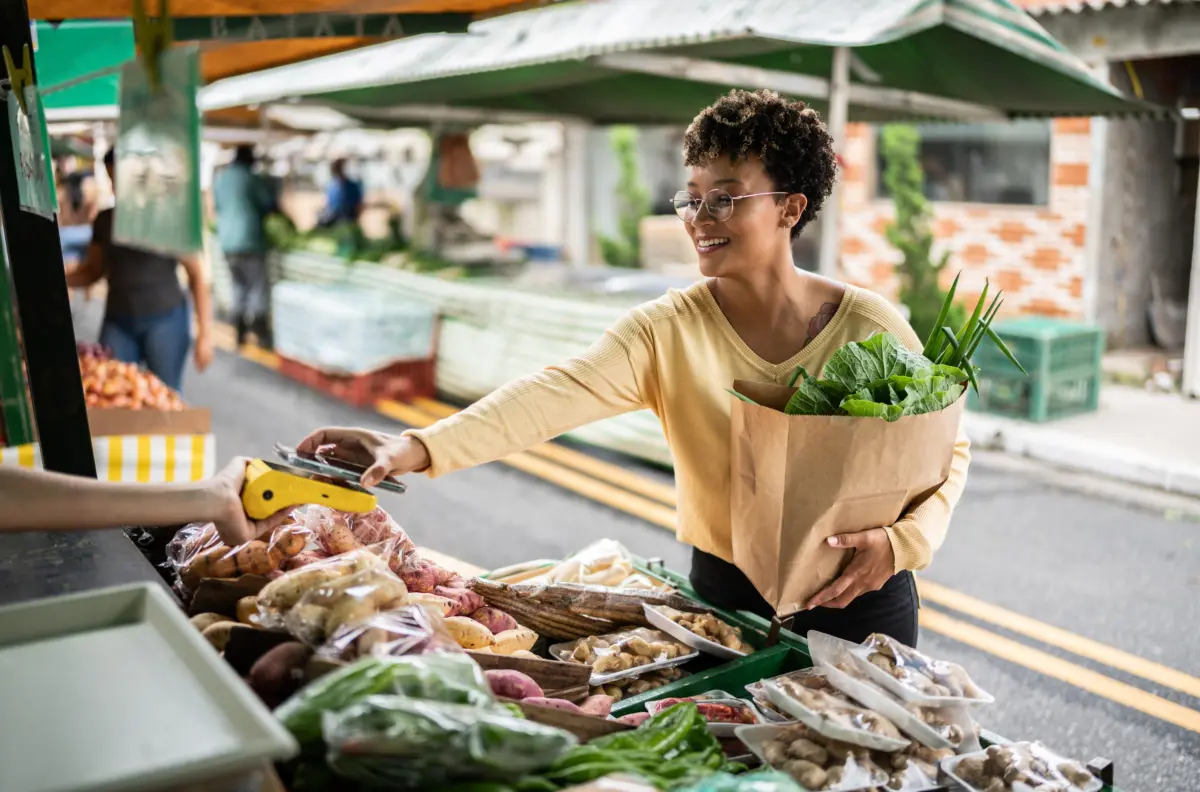SNAP is the nation’s largest nutrition assistance program, helping roughly 42 million people afford food. SNAP is proven to increase food security, improve children’s health and academic performance, support economic growth, and lift people out of poverty. A $1 billion increase in SNAP benefits during an economic downturn would increase GDP by $1.54 billion, support 13,560 new jobs, and create $32 million in farm income.
Legislation passed during the COVID-19 pandemic increased SNAP funding to cover millions of additional participants and provided a temporary 15% increase in monthly benefits. During this period, USDA also updated the formula it uses to determine baseline benefits. By summer 2023, all of the pandemic-related boosts to benefits and administrative flexibilities had expired. Data from the Census Bureau show that among households impacted by the end of those policies, one in four report “sometimes” or “often” not having enough to eat, even with continued SNAP benefits.
The current federal Farm Bill technically expired on September 30, 2023. SNAP is authorized in the Farm Bill, and its funding continues regardless of the expiration. Full reauthorization of the Farm Bill should ensure that children and families are able to access adequate, affordable, healthy food.
Read RWJF’s new 2024 policy brief, “SNAP: Recommendations To Support Health and Equity in the Reauthorization of the Farm Bill.”






